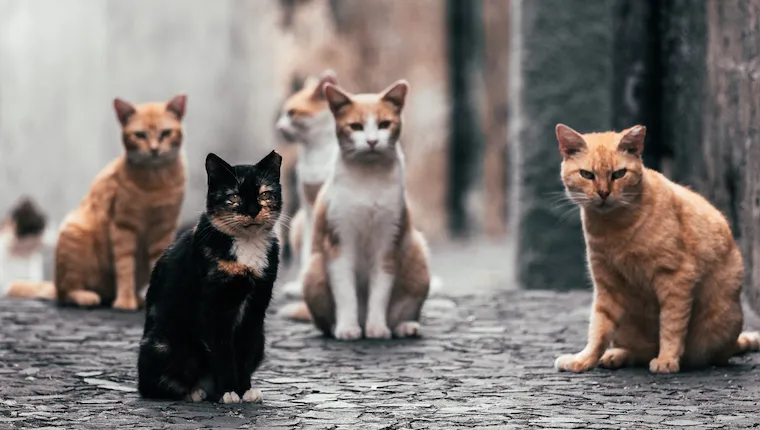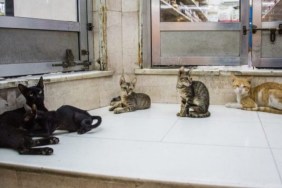It’s no secret that feral cats are a big problem – for the cats themselves, people, other pets, and native animals. Scientists estimate that between 60 and 160 million feral cats roam the United States. With how easy it is to love cats, it’s hard to face that a 2011 review of wildlife crises on islands found that cats helped cause the decline or extinction of 123 species of songbirds, parrots, seabirds and penguins; 25 species of reptiles and 27 species of mammals, including a lemur and a bat. Some of the things that make cats so wonderful – their hunting abilities, playfulness, resourcefulness – make them adept at conquering the environments they are introduced to.
60,000 cats saved – but what will be done with them?
Durham, NC has a very large feral cat problem. The county’s booming feral cat population is estimated to exceed 60,000 cats. It’s hard to even imagine feeding or caring for that many cats.
The County Board of Commissioners unanimously passed amendments to the county’s preexisting feral cat plan, 5-0, all but outlawing euthanasia for community cats. ‘Community cats,’ as the feral cats are addressed here, are only to be euthanized if, when captured for TVNR (trap-vaccinate-neuter-return), it is found they are too sick or injured to have a quality of life.
“Currently, there are nearly 60,000 community cats in Durham,” says Wendy Jacobs, vice chairman of the board. “The cost of euthanizing them all would be $120 million. The county spent $70,000 in 2021 on euthanizing around 350 cats.”
Others found the new amendments to be a major relief to their efforts to help cats.
“This is not something that we’re gonna solve tonight. It’s not something that can be solved in one ordinance,” said the hearing’s first speaker, Danielle Bays. Bays is a senior analyst for Cat Protection Policy at the Humane Society of the United States. “But it’s not going to be solved by continuing down the path that Durham is on now.”
Others, like Andrew Hutson, Vice President of the National Audubon Society, voiced their concerns. Hutson said that the trapping and vaccination program “fails on all accounts” because it is “nearly impossible for 100 percent of cats to be trapped and vaccinated.” He added that “cats also have toxoplasmosis.” The disease comes from a parasite found in cat feces. Moreover, stray cats kill more than two billion birds yearly in the United States.
While community cat lovers in Durham can breathe a sigh of relief, it’s clear that there’s still lots of work to be done.
Helping feral cats – and wildlife
What’s the biggest step you can take to help feral cats? Keep your own cat inside.
Outdoor cats who do have loving homes to return to contribute just as much to negative impacts on the environment and give strays a bad rep. Despite popular misconceptions, even if your outdoor cat is well-fed and taken care of, they will continue to hunt wildlife.
An unaltered pet cat will also breed with ferals. This will either give you a litter of new mouths to feed or impregnate feral cats. In so doing, they will create further generations of stray animals looking for homes.
Want to help community cats in your area? Check out a local TNR program to offer support, or look into building cat shelters or providing other necessities to local cats.









